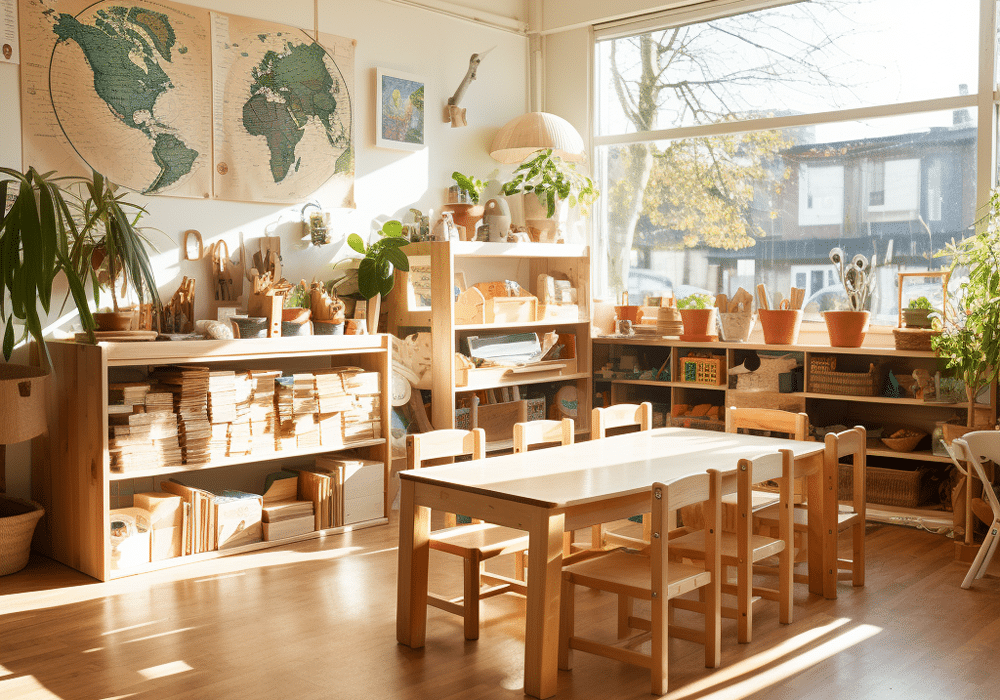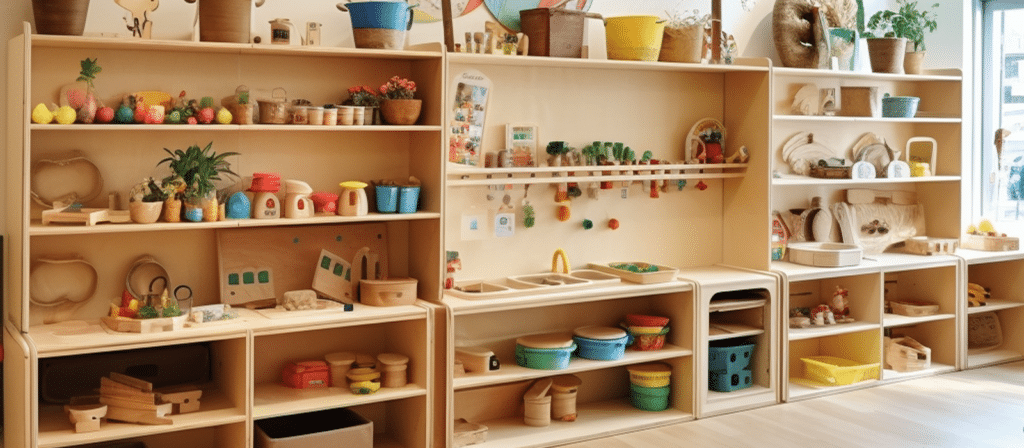Are you the proud owner of Montessori furniture? These beautifully crafted pieces are not just furniture; they’re essential tools for your child’s development. To ensure they stand the test of time, we’re here to answer your questions and provide valuable insights on Montessori Furniture Maintenance: Tips for Long-Lasting Pieces.
Why is Montessori Furniture Maintenance Important?
Maintaining Montessori furniture is crucial for several reasons. First and foremost, it ensures the safety of the children using it. Regular maintenance helps identify any potential hazards or wear and tear that may compromise the integrity of the furniture. Additionally, proper maintenance ensures that the furniture remains in optimal condition, preserving its beauty and functionality.
How to Clean Montessori Furniture?
Cleaning Montessori furniture is a straightforward process. Regular dusting and wiping with a soft cloth will help remove any debris or smudges. For stubborn stains, a mild detergent mixed with water can be used. Ensure that the detergent is gentle and free from harsh chemicals that may damage the furniture’s finish. It’s important to avoid using abrasive cleaners or scrubbing brushes as they can scratch the surface of the furniture.

Protecting the Finish
One of the essential aspects of maintaining Montessori furniture is protecting the finish. The finish not only enhances the aesthetic appeal of the furniture but also acts as a protective layer. To protect the finish, it is recommended to use furniture wax or polish. Apply a thin layer of wax or polish and gently buff it with a soft cloth to create a protective barrier. This will help prevent scratches, stains, and discoloration, keeping your furniture looking as good as new.
Preventing Sun Damage
Sunlight can cause fading and discoloration of Montessori furniture over time. To prevent sun damage, it is crucial to place the furniture away from direct sunlight or use curtains or blinds to block the UV rays. Additionally, applying a UV protective coating on the furniture can further safeguard it from the harmful effects of the sun. This simple step can significantly extend the lifespan of your Montessori furniture.
Addressing Scratches and Dents
Despite our best efforts, scratches and dents may occasionally occur on Montessori furniture. To address minor scratches, use a touch-up marker or a furniture repair kit that matches the color of the furniture. Apply the marker or repair solution to the scratched area and gently blend it in with a soft cloth. For deeper scratches or dents, it is advisable to seek professional assistance to ensure proper repair without further damaging the furniture.

Tips for Heavy-Use Areas
Certain areas of Montessori furniture, such as chair legs or table edges, are subject to more wear and tear than others. To protect these heavy-use areas, consider using furniture pads or felt protectors. These can be easily attached to the bottom of chair legs or table edges and provide an additional layer of protection against scratches and scuffs. Regularly check and replace these pads as needed to maintain their effectiveness.
Storing Montessori Furniture
If you need to store Montessori furniture temporarily, it’s important to take some precautions to ensure its safety. Clean and dry the furniture thoroughly before storing to prevent the buildup of moisture or mold. Disassemble any removable parts and store them separately to avoid damage. Use furniture covers or blankets to protect the furniture from dust and scratches. Store the furniture in a cool, dry place away from extreme temperatures or humidity.
Regular Maintenance Checks
Performing regular maintenance checks on your Montessori furniture is vital to identify any issues early on and address them promptly. Check for loose screws, wobbly legs, or any signs of wear and tear. Tighten any loose screws and fix any structural problems immediately. Regularly inspect the furniture for any damage or potential hazards to ensure the safety of the children using it.

How to Remove Stains from Montessori Furniture?
Stains are inevitable, especially when it comes to furniture used by children. To remove stains from Montessori furniture, it is important to act quickly. For food or beverage stains, gently blot the area with a clean cloth to absorb as much liquid as possible. Avoid rubbing the stain, as it may spread or embed deeper into the furniture. Depending on the type of stain, you can use mild dish soap, a mixture of vinegar and water, or a gentle stain remover specifically designed for the furniture material. Always test any cleaning solution on a small, inconspicuous area before applying it to the stain.
How Often Should Montessori Furniture be Maintained?
The frequency of maintenance for Montessori furniture varies depending on its usage and the environment it is in. However, a general rule of thumb is to perform regular cleaning and inspections on a monthly basis. This ensures that any issues are addressed in a timely manner and that the furniture remains in optimal condition.
Conclusion
Maintaining Montessori furniture is crucial for its longevity and the safety of the children using it. By following these maintenance tips, you can ensure that your Montessori furniture remains in pristine condition for years to come. Regular cleaning, avoiding excessive moisture, proper storage, and gentle handling are key to preserving the beauty and functionality of these valuable pieces. Remember, a well-maintained Montessori environment not only enhances the learning experience but also creates a safe and inviting space for children to thrive.













